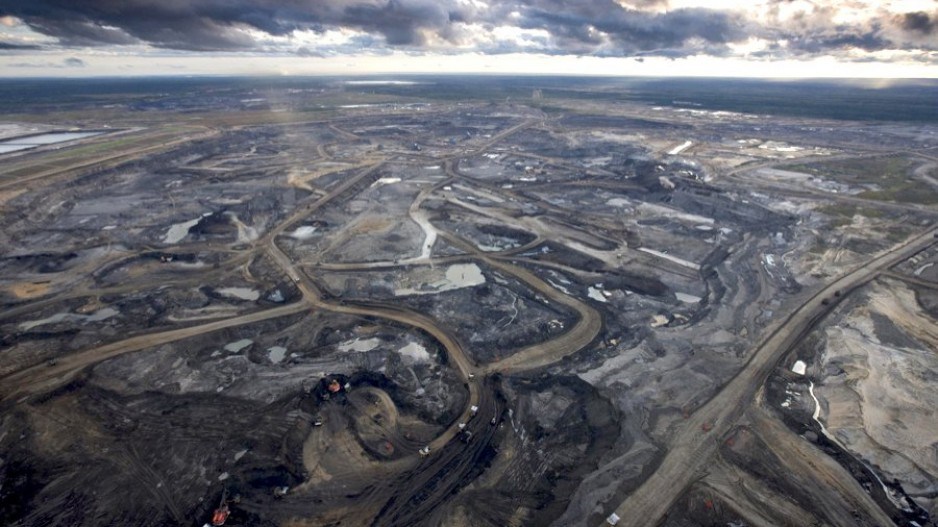Despite the growth of renewable energy around the world, oil and gas will be needed for transportation for decades to come, especially in newly industrialized countries, thanks to population growth, energy forecasters like the International Energy Agency predict.
But despite a natural abundance of both oil and gas, Canada has been eclipsed, in terms of investment, by the U.S., which saw a 38% increase in investment in the oil and gas sector in 2017 – a total of $140 billion – while investment in Canada’s oil and gas sectors fell 19% in 2017 – down to $46 billion.
That is according to a report published Monday February 26 by the Canadian Association of Petroleum Producers (CAPP), which is warning the Canadian government that it needs an energy strategy to protect Canada’s energy sector, which generated $19 billion in government revenue in 2015 and 533,000 jobs in 2017.
The report will be the first in a series to be published between now and October 2018.
“We are committing today to bring out a series of reports all this year that grounds the discussion so that governments can’t avoid the tough decisions by looking at something else," said CAPP CEO Tim McMillan.
Pipeline constraints, slow regulatory processes, environmental activism, and low oil prices have all contributed to a decline in investment in Canada’s oil and gas sectors, according to CAPP’s new report, A Global Vision for Canadian Oil and Gas.
“Canada is falling behind other countries in attracting oil and natural gas investment to create jobs and national prosperity for Canadians,” McMillan warns. “Today Canada’s No. 1 energy customer – the U.S. – has become our No. 1 energy competitor.”
In the last two years, investment in Alberta’s oil and gas sector fell off sharply, due largely to low oil prices, and major energy companies like Shell and ConocoPhillips (NYSE:COP) have been divesting their oil sands holdings. Two major oil pipeline projects were rejected or cancelled (Northern Gateway and Energy East), and in B.C., multi-billion dollar liquefied natural gas (LNG) projects were shelved.
Meanwhile, refineries in Eastern Canada import 600,000 barrels of oil per day from the U.S., Middle East and Africa, Eastern Canada imports about 2.4 billion cubic feet per day of natural gas from the U.S., and new LNG plants have been built on the U.S. Gulf Coast, fed in part by Canadian gas.
In terms of investment in natural gas, B.C. is the one region in Canada where investment has continued to be fairly strong, thanks to the productivity of the Montney formation in northeastern B.C., which is rich in natural gas liquids such as condensate.
The recent provincial budget notes that royalties from natural gas are expected to increase 57.9% in 2018-2019, then begin to drop off at an annual rate of 2.4%.
Although one of the biggest obstacles to investment in Canadian energy has been federal and provincial regulatory inertia, McMillan also said environmental activism, backed in no small way by American organizations like the Tides Foundation and 350.org, has also succeeded in deterring investment.
“That is what’s driving a lot of the challenges we see today – activists, many of which aren’t even from Canada, that are pushing agendas which aren’t in Canada’s favour,” McMillan said.




